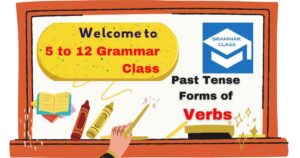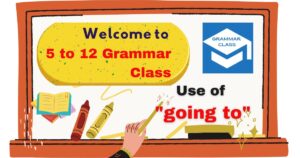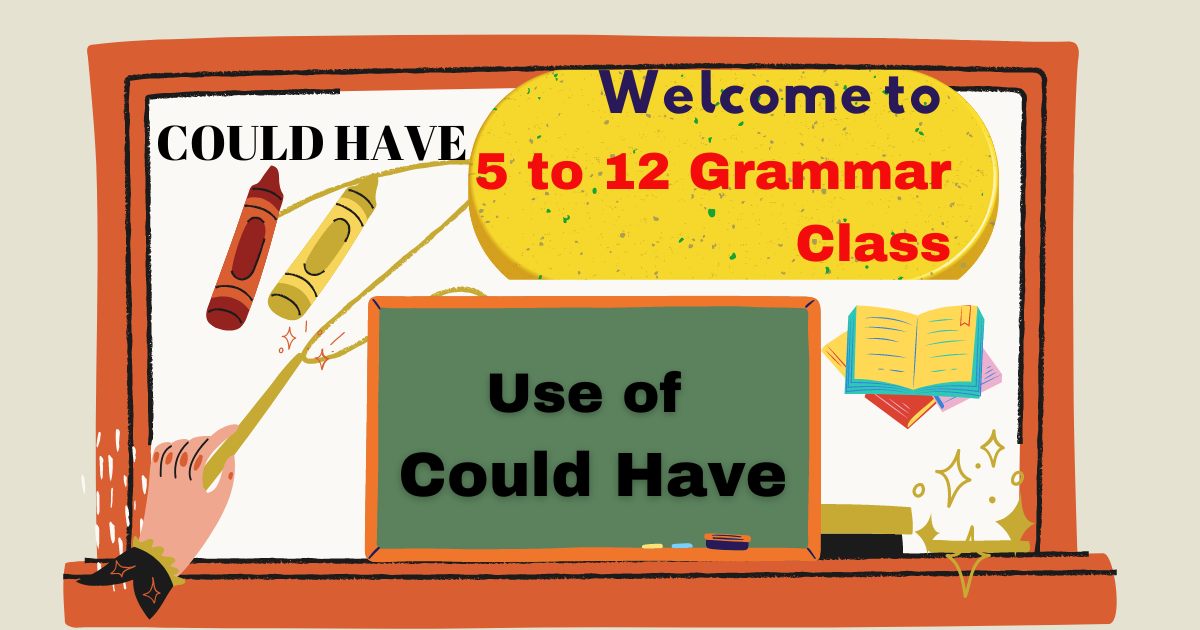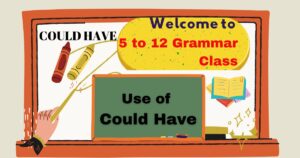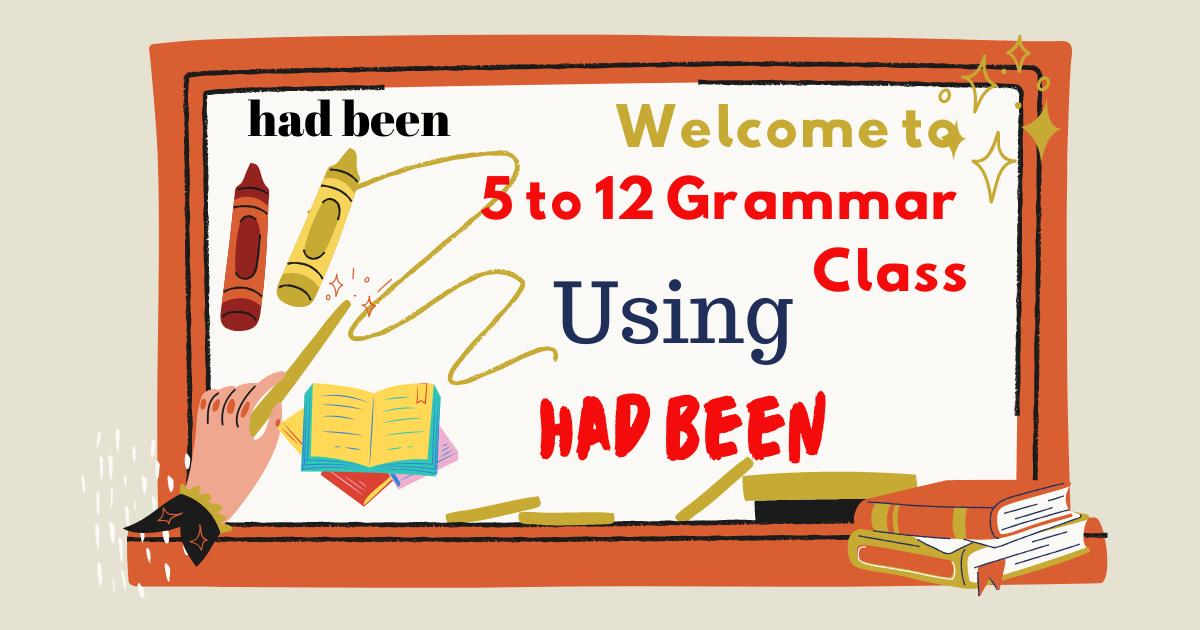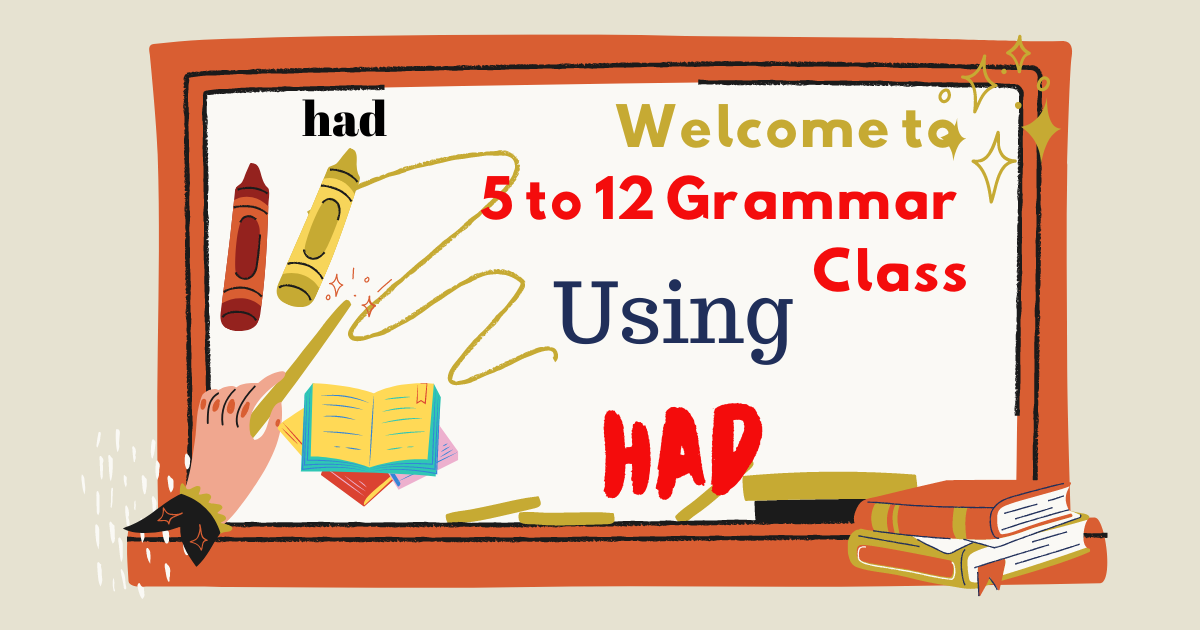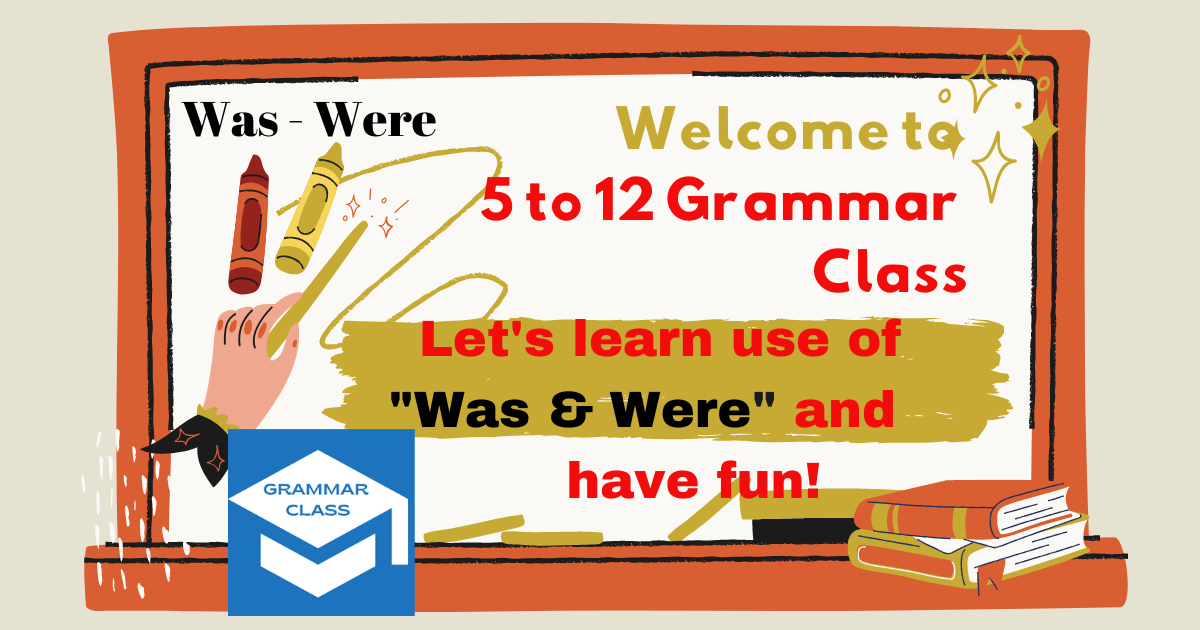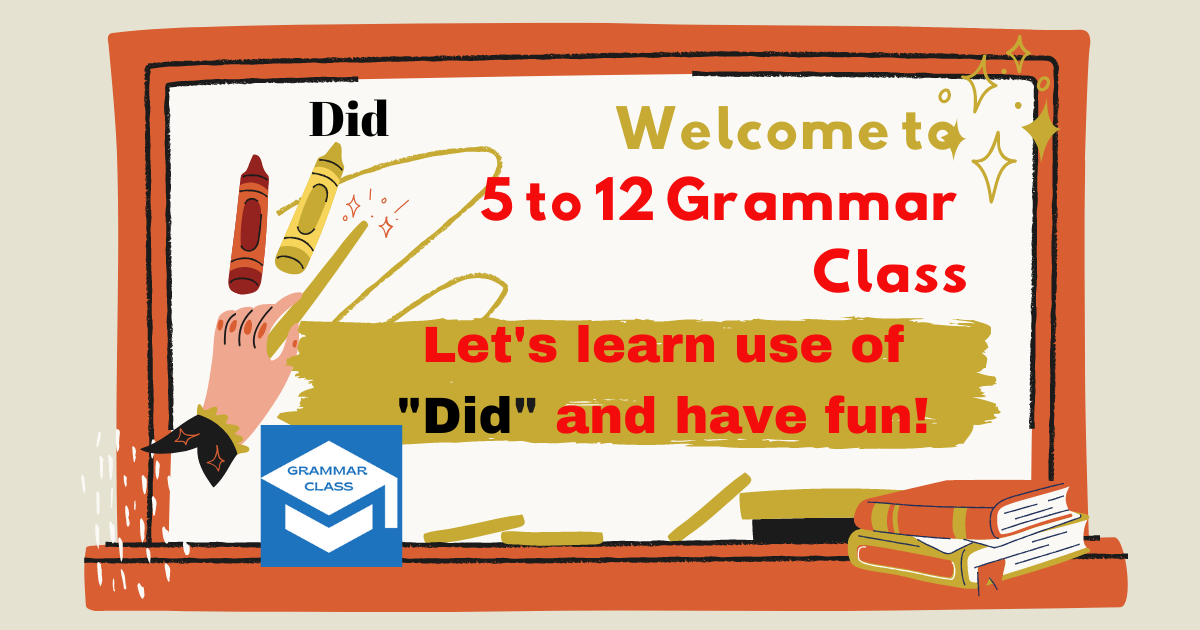In this lesson we will learn how to use “used to” as an auxiliary verb with the root form (V1) of the main verb.
We are also going to use a suitable formula for that so that it will be easy to understand.
This construction is used to show that an action was a regular or habitual action in the past of the person doing it.
या सदरामध्ये आपण used to चा वापर सहाय्यक क्रियापद म्हणून मुख्य क्रियापदाच्या मुळ रुपासोबत ( V1) कसा करावा याविषयी इत्यंभूत माहिती घेणार आहोत.
त्यासाठी योग्य अशा सूत्राचा सुद्धा वापर करणार आहोत म्हणजे समजायला सोपे जाईल.
एखादी क्रिया कार्य करणाऱ्या व्यक्तीची भूतकाळातील नियमित घडणारी क्रिया किंवा सवयीची क्रिया होती हे दर्शवण्यासाठी या रचनेचा वापर करतात.
****************************************************************
होकारार्थी वाक्य
How to Use “used to” as an Auxiliary Verb in Affirmative Sentences
Subject + used to + main verb (v1).
I used to meet.
I used to clean.
I used to compromise.
I used to sing.
I used to learn.
We used to pay.
We used to suggest.
We used to accept.
We used to excuse.
We used to donate.
You used to build.
You used to make.
You used to maintain.
You used to protect.
You used to submit.
He used to continue.
He used to enquire.
Vedant used to play.
She used to continue.
Janhavi used to discuss.
She used to combine.
It used to jump.
The dog used to run.
They used to provide.
They used to co-operate.
They used to appoint.
Janhavi and Vedant used to dance.
Prashant and Ashwini used to teach.
!!!!!!!!!!!!!!!!!!!!!!!!!!!!!!!!!!!!!!!!!!!!!!!!!!!
नकारार्थी वाक्य
How to Use “used to” as an Auxiliary Verb in Negative Sentences
Subject + did + not + use to + main verb (v1).
I didn’t use to meet.
I didn’t use to clean.
I didn’t use to compromise.
I didn’t use to sing.
I didn’t use to learn.
We didn’t use to pay.
We didn’t use to suggest.
We didn’t use to accept.
We didn’t use to excuse.
We didn’t use to donate.
You didn’t use to build.
You didn’t use to make.
You didn’t use to maintain.
You didn’t use to protect.
You are not able to submit.
He didn’t use to continue.
He didn’t use to enquire.
Vedant didn’t use to play.
She didn’t use to continue.
Janhavi didn’t use to discuss.
She didn’t use to combine.
It didn’t use to jump.
The dog didn’t use to run.
They didn’t use to provide.
They didn’t use to co-operate.
They didn’t use to appoint.
Janhavi and Vedant didn’t use to dance.
Prashant and Ashwini didn’t use to teach.
********************
प्रश्नार्थक वाक्य
How to Use “used to” as an Auxiliary Verb in Interrogative Sentence
Did + subject + use to + v 1?
Did I use to break?
Did I use to clean?
Did I use to compromise?
Did I use to sing?
Did I use to learn?
Did we use pay?
Did we use to suggest?
Did we use to accept?
Did we use to excuse?
Did we able to donate?
Did you use to build?
Did you use to make?
Did you use to maintain?
Did you use to protect?
Did you use to submit?
Did he use to continue?
Did he use to enquire?
Did Vedant use to play?
Did she use to continue?
Did Janhavi use to discuss?
Did she use to combine?
Did it use to jump?
Did the dog use to run?
Did they use to provide?
Did they use to co-operate?
Did they use to appoint?
Did Janhavi and Vedant use to dance?
Did Prashant and Ashwini use to teach?






